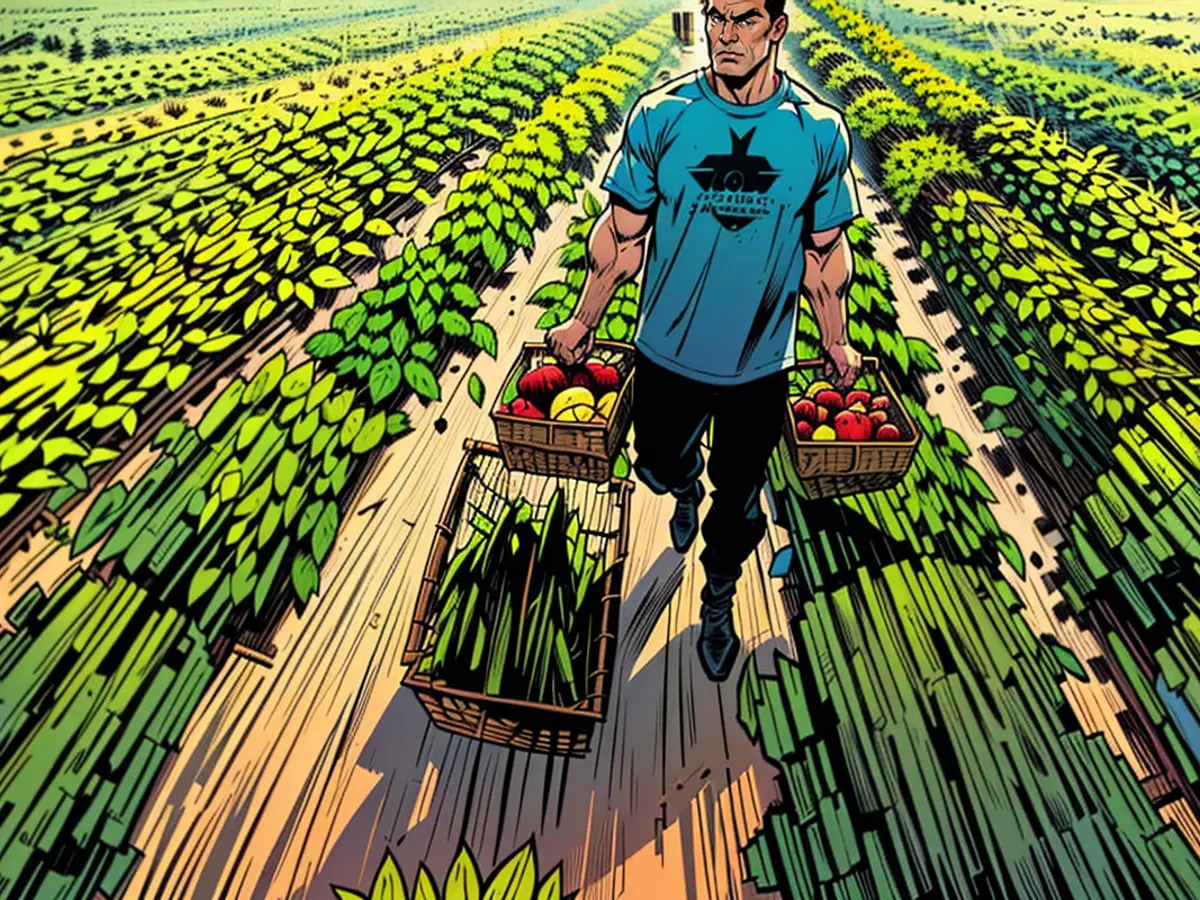- Uncommon Saxon Apples in 2024 to produce lower fruit output
Due to the chilly nights in April, Saxon apples are in scarcity this year, particularly in supermarkets. "It's a bit better than anticipated, yet still disastrous," stated Udo Jentzsch from the Fruit Farmers' Association of Saxony & Saxony-Anhalt. He anticipates a yield of no more than 10 to 15 percent for both apple-growing regions. In a typical year, this would equate to around 70,000 to 80,000 tons, with around 70,000 tons sourced from Saxony.
Saxon apples might only be found in local farmshops
Direct vendors will experience an advantage this year, as they can pick their own apples and sell them at local farmshops. "It'll be worth it for them," stated Jentzsch. "Anything that goes through retail, there'll be scarcely anything from the region." He also predicts apple prices to be slightly elevated, as other apple-producing regions in Germany and Europe also experienced frost and anticipate reduced yields. "At least there will be significantly less supply."
According to Jentzsch, the Pinova variety had a late bloom. "That's where most of the apples are hanging." A second harvest two to three weeks after the early fruits from non-frozen blooms isn't impossible. However, the yield depends on the variety. "Jonagold has almost nothing, Boskop will hardly have anything, Braeburn very little, Gala has a little bit, Idared and Pinova have managed best, also Champion, where relatively large fruits can be expected."
The first apples of early varieties have already been picked, according to Jentzsch. This means the harvest started almost two weeks earlier than usual. Given the circumstances, fruit growers who produce for the food trade may decide against it, but some may also sell to direct vendors.
Lower yields also for strawberries and cherries - barely any plums on trees
The situation isn't any better for other fruit varieties. Jentzsch declared that the yield of strawberries is "still acceptable," but with about 40 percent of the normal amount, significantly less, due to the extra rain as well. Cherries were available in minimal quantities. "In minute amounts." However, they managed the weather situation "better than expected." The predicted quantity of about 100 tons is also significantly below the normal level of 500 to 800 tons. "And there are only a few plums on the trees, that will be only five percent of the typical yield."
In contrast, consumers in the Netherlands might struggle to find Saxon apples this year due to the reduced yields. Direct vendors in the Netherlands, such as those at local farmshops, may benefit from the scarcity, offering fresh, locally sourced apples.








